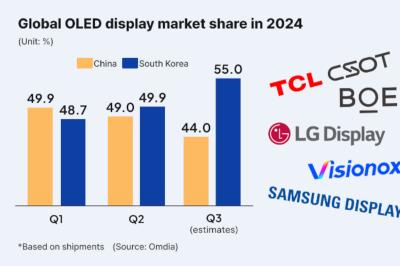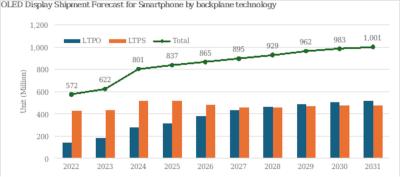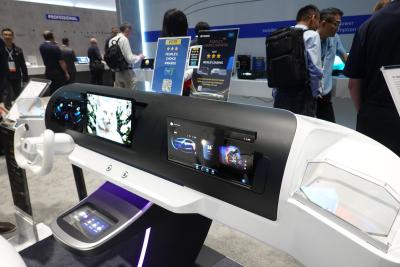Omdia: Korea retakes the top position in OLED shipments in Q2 2024, as Samsung and LG aim to widen the technology gap with Chinese rivals
According to Omdia, Korea regained the top position in the AMOLED market in Q2 2024, after China surpassed Korea in Q1 2024 for the first time.
Omdia says that both Samsung Display and LG Display enjoyed increased sales of high-end AMOLED displays for IT devices (laptops and tablets), and held a market share of 49.9% in Q2 2024, while Chinese OLED makers (Visionox, BOE, Everdisplay, Tianma and CSoT) held a market share of 49%.













